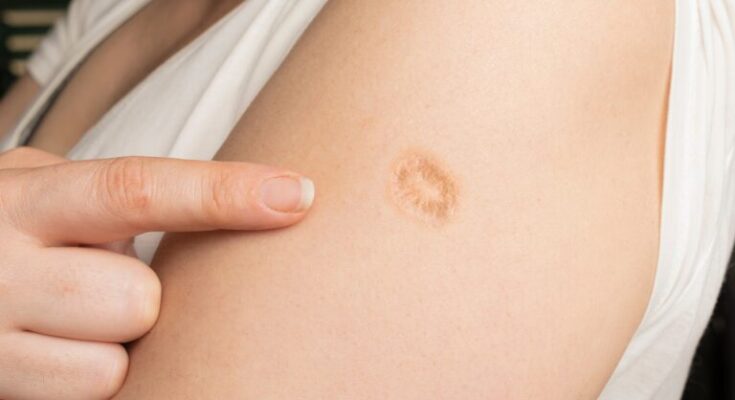When I was a child, I noticed a peculiar scar on my mother’s upper arm. It was a ring of small indents surrounding a larger one, and though it fascinated me for a time, I eventually forgot about it—like so many fleeting childhood curiosities.
Years later, while helping an elderly woman off a train, I caught sight of a similar scar in the exact same spot. It sparked my curiosity anew. With no opportunity to ask the woman about her scar, I called my mother instead. Her response? A revelation that I’d already heard the answer before: the scar came from the smallpox vaccine.
What Was Smallpox?
Smallpox was a highly contagious and often deadly viral disease that plagued humanity for centuries. Caused by the variola virus, it manifested as a fever, followed by a distinctive skin rash that turned into pustules, leaving many survivors disfigured. According to the CDC, during the 20th century, smallpox killed an estimated 30% of those infected.
The disease caused devastation on such a scale that it became one of the first targets of a global eradication effort. Thanks to the widespread use of the smallpox vaccine, the disease was declared eradicated worldwide by the World Health Organization (WHO) in 1980. Routine vaccinations in the United States ceased in 1972, as smallpox was already declared extinct in the country by 1952.
Why Did the Vaccine Leave a Scar?
The smallpox vaccine was unique in its administration and effects, resulting in the characteristic scar seen on the upper arm of many older adults. Here’s how it worked:
- Administration with a Two-Pronged Needle
The vaccine was delivered using a bifurcated (two-pronged) needle, which was dipped into the vaccine solution. The person administering it would then puncture the skin multiple times in quick succession, delivering the vaccine to the dermis, the layer beneath the epidermis. - The Body’s Reaction
The vaccine contained a live virus called vaccinia, a less harmful relative of smallpox. After the vaccine was administered, the site developed a raised bump, which grew into a fluid-filled blister (vesicle). Over time, this blister would burst, scab over, and eventually heal into the scar we now recognize. - The Infamous Scar
The resulting scar was permanent, a visible testament to the body’s immune response to the vaccine. Its distinctive appearance made it a kind of early “vaccine passport,” signifying that the individual was protected against smallpox.
A Legacy of Eradication
For those born after the early 1970s, smallpox may seem like a relic of history. Routine vaccinations were discontinued after the disease was eradicated, meaning younger generations don’t bear the mark of protection that older generations do.
The eradication of smallpox remains one of humanity’s greatest public health achievements, showcasing the power of global collaboration and vaccination. Today, the smallpox scar is more than just a remnant of the past—it’s a reminder of the triumph over a disease that once ravaged the world.

Do You Have a Smallpox Vaccine Scar?
If you or someone you know bears the mark of the smallpox vaccine, you carry a piece of history—a visible sign of the effort that eliminated one of the deadliest diseases humanity has ever faced.
Let us know in the comments: Are you old enough to have the smallpox vaccine scar? What are your memories of the vaccination? Share your thoughts and stories!



